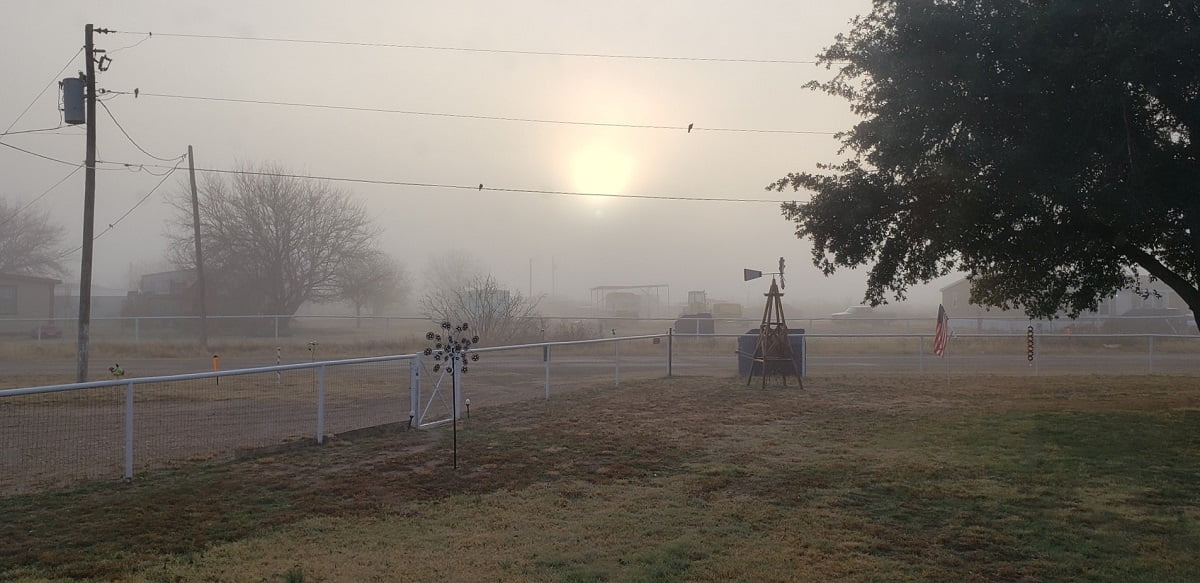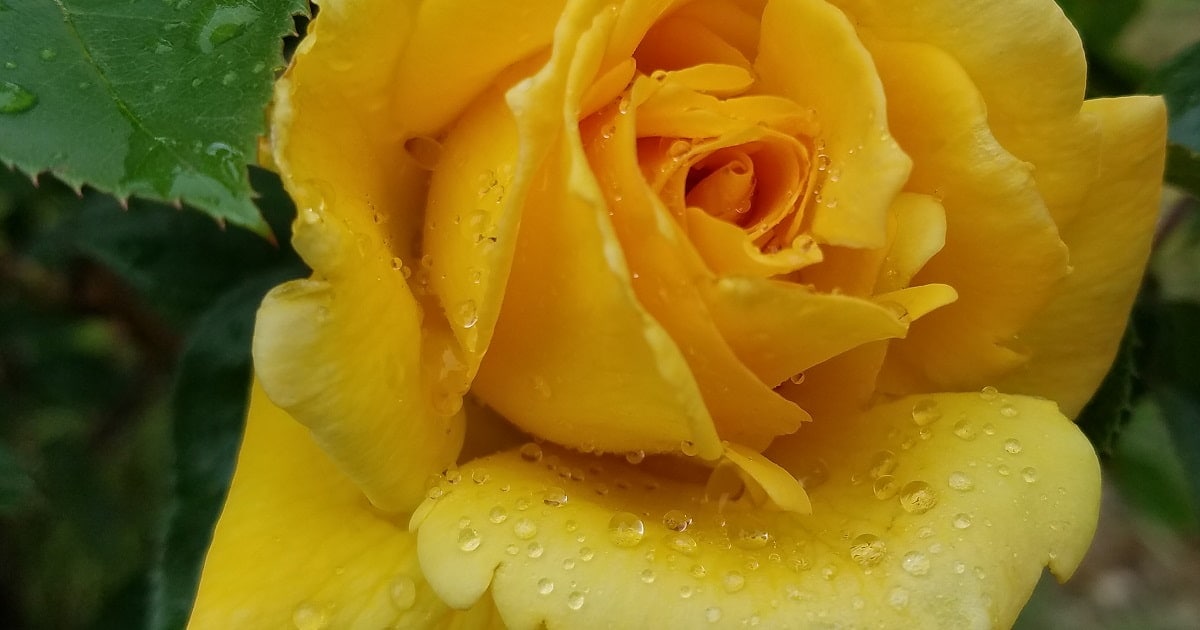
My first recollection of fog was after my family moved to Seattle, WA, when I was eight. Leaving to walk to my new school, fog made an unfamiliar area alien. I couldn’t see across the street — I could barely see the traffic light! Would I even find the school?
Fog became a familiar force over the years. Autumn through Spring were the usual times for the marine area to get socked in, whether it rolled in on Sandburg’s little cat feet or descended like a blanket. I could count on longer commutes and having to jump my pickup numerous times after work from leaving my lights on. Yet I loved watching a fogbank move across the water like a wet haboob.
Imagine my surprise then, when I first saw fog in the West Texas desert. Several hundred miles from the Gulf coast, this is a land of sagebrush, greasewood, cactus and some mesquite. Sand and dust storms are the expected norm. But fog?
Meteorologically, fog occurs when the temperature reaches the point where water begins to condense—the dewpoint. On coastlines where humidity is high, this dewpoint is easier to reach. Here in the desert, it usually happens when we’ve had a good rain and temperatures are cool, which means it’s also a three season event.
Unlike Seattle, where you can drive into a wall of fog and suddenly out of it thanks to the varied terrain, the wall effect is rarer here in the desert. Usually it’s a gradual transition, the edges less defined. It often covers large areas which pose unexpected problems if you aren’t ready for them.
With generally flat terrain, people are used to seeing for miles and miles. Road speeds are higher than most of the country, and there must be something in the water, because drivers do NOT slow down for weather conditions, whether rain, snow, ice, or fog. Never assume that, just because the light turned green, you’re clear to go. In a 6 mile stretch through town at least one driver will run a light.
It’s even worse outside of town. No streetlights, no landmarks, and often no fenceposts close enough to see from the road. If you’re lucky, they have recently striped the road. More frequently, you may not know you’ve left the road until a tire drops off the pavement. If you happen to be in the sand dunes at that point, or end up in the bar ditch, you could wait hours for a tow.
Although is ascends into clouds that burn away, the fog grows from the ground like the Texas-sized dew that it is. I’ve seen ground fog elsewhere that acts like a ground blizzard: the surface level is murky but the sky above is crystal clear. But the temperature gradients are generally less defined here, so it is more of a gray dome, like being adrift in the fog on a large body of water.
We’re certainly not as dry here as Chile’s Atacama Desert, but we also don’t sneeze at whatever moisture we can get. It’s amazing how quickly the grass and weeds green up with the extra moisture. Even the prickly pear opens its pores to the lifegiving essence.
Having grown up in the Pacific Northwest where a drought would be a very wet year in West Texas, I haven’t always appreciated how precious water is. But I’ve learned. The desert has taught me.
Grace, Peace and Hugs!
